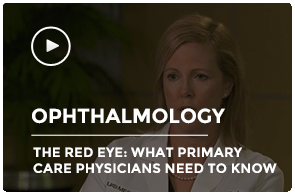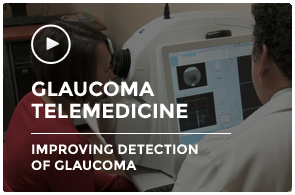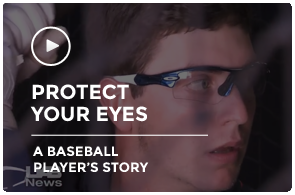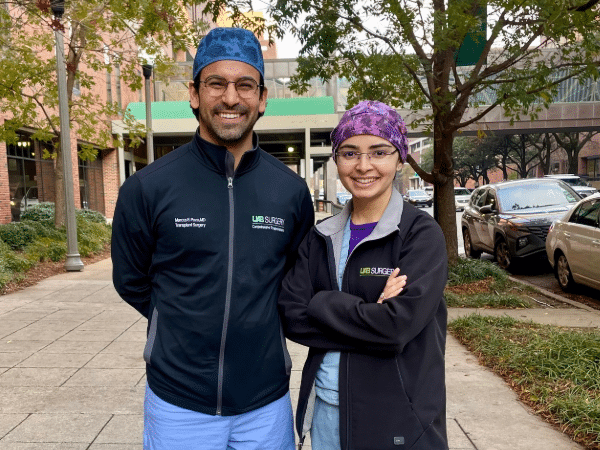The specialists at UAB Hospital-Callahan Eye use the most advanced technology and are known for working together to treat the full range of both common and complex corneal problems. From cataract and corneal surgeries to highly specialized contact lenses, Callahan features the expertise, experience, and cutting-edge equipment needed to treat the most challenging corneal conditions. Patients come here from around the world and nation because we don’t just treat eye disease – we empower patients to take control of their eye health.
Callahan is the only full-service facility in Alabama specializing in the diagnosis and treatment of the eye and one of only a few worldwide that is entirely devoted to advancements in ophthalmology. That reputation is supported by 17 operating rooms dedicated to eye surgery and the region’s only freestanding 24/7 dedicated eye emergency department. More than 15,000 surgeries are performed at UAB Hospital-Callahan Eye each year, and we conduct more reconstructive eye procedures than any other facility in the world.
Callahan also is known for pioneering developments in surgical instruments, devices, and procedures used by ophthalmologists across the globe. As part of the UAB Medicine academic medical center, Callahan is actively involved in ongoing research and clinical trials. Many of our ophthalmologists have received funding from prestigious research organizations and institutions and collaborate in clinical care to bring the latest in scientific discovery to our patients.
Videos
Resources
- UAB Hospital-Callahan Eye
- UAB Department of Ophthalmology
- American Academy of Ophthalmology
- National Eye Institute
- The Facts About Diabetic Disease
- Diabetic Retinopathy
- Myopia
Related Specialties
Clinical Trials
Speak to your physician about your options and browse the link below for more information
Latest News
View All News-
UAB patient reclaims confidence after 20 years of vision loss from traumatic car accident
November 10, 2025
-
Stay safe around fireworks: First aid and next steps for burns and eye injuries
June 13, 2025
-
Jarrod Johnson named CEO of UAB Callahan Eye
September 25, 2024
-
Artist Manjari Sharma explores ritual, identity, memory and mythology in new exhibitions
August 30, 2024
-
Landmark drug trial shows promising results for Pitt-Hopkins syndrome
July 5, 2024







